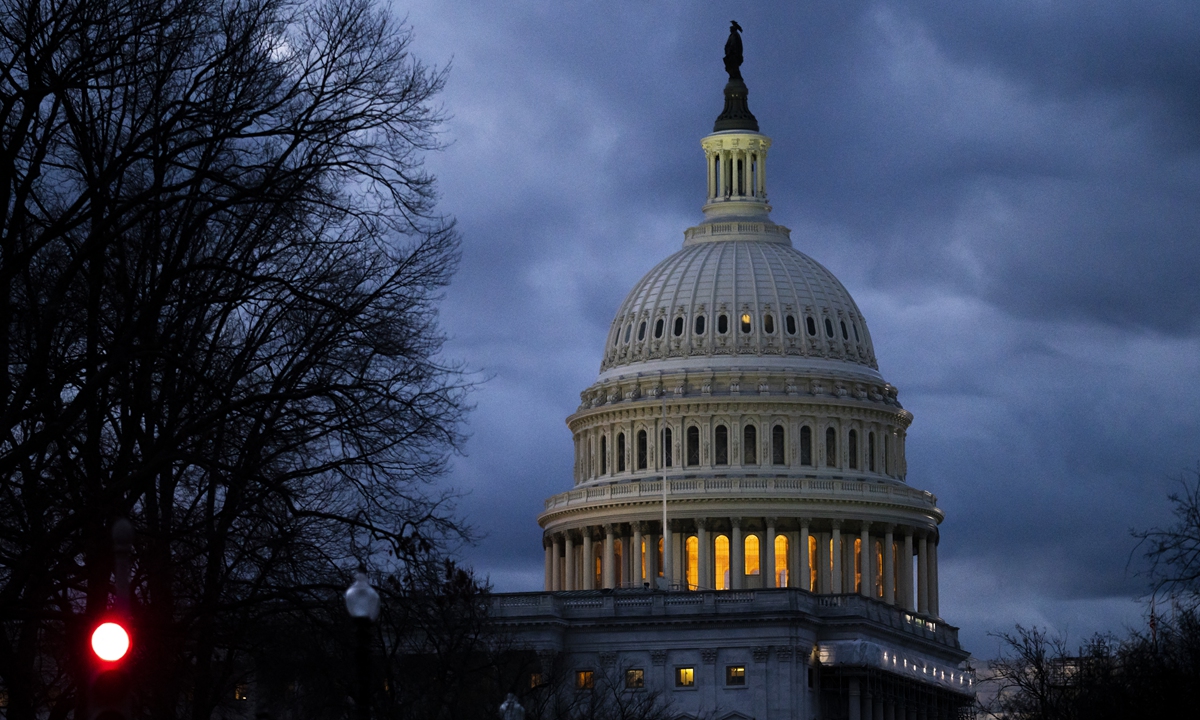Already a subscriber? Make sure to log into your account before viewing this content. You can access your account by hitting the “login” button on the top right corner. Still unable to see the content after signing in? Make sure your card on file is up-to-date.
The pursuit of the House Speaker role intensified following Kevin McCarthy’s historic removal, with Steve Scalise and Jim Jordan announcing their candidacy. McCarthy’s ousting, a result of intra-party tension, marked a first in the House’s history.

Republicans are scheduled for an Oct. 11 vote, with preliminary meetings on the preceding day, even as critical governmental timelines loom.
Steve Scalise, 57, previously perceived as McCarthy’s successor, has been rallying private Republican support. Recuperating from a previous shooting incident and cancer treatment, he recently expressed, “We all need to come together and pull in the same direction.”

Meanwhile, Jim Jordan, 59, notable for his investigations into the Biden administration and his support for former President Donald Trump, urged unity in his letter to Republicans. However, both contenders face internal resistance, as some view Jordan as extreme, while Scalise faces scrutiny for his past passivity and health concerns. Other potential candidates, such as Representative Kevin Hern, are also emerging.

As the party grapples with its leadership void, financial markets show concerns about the U.S. political climate, reflected in government bond sell-offs. A recent poll indicates a prevailing public sentiment that politicians struggle to overcome partisan barriers.
The next elected Speaker will serve until January 2025, facing potential competition from Democratic Leader Hakeem Jeffries.






